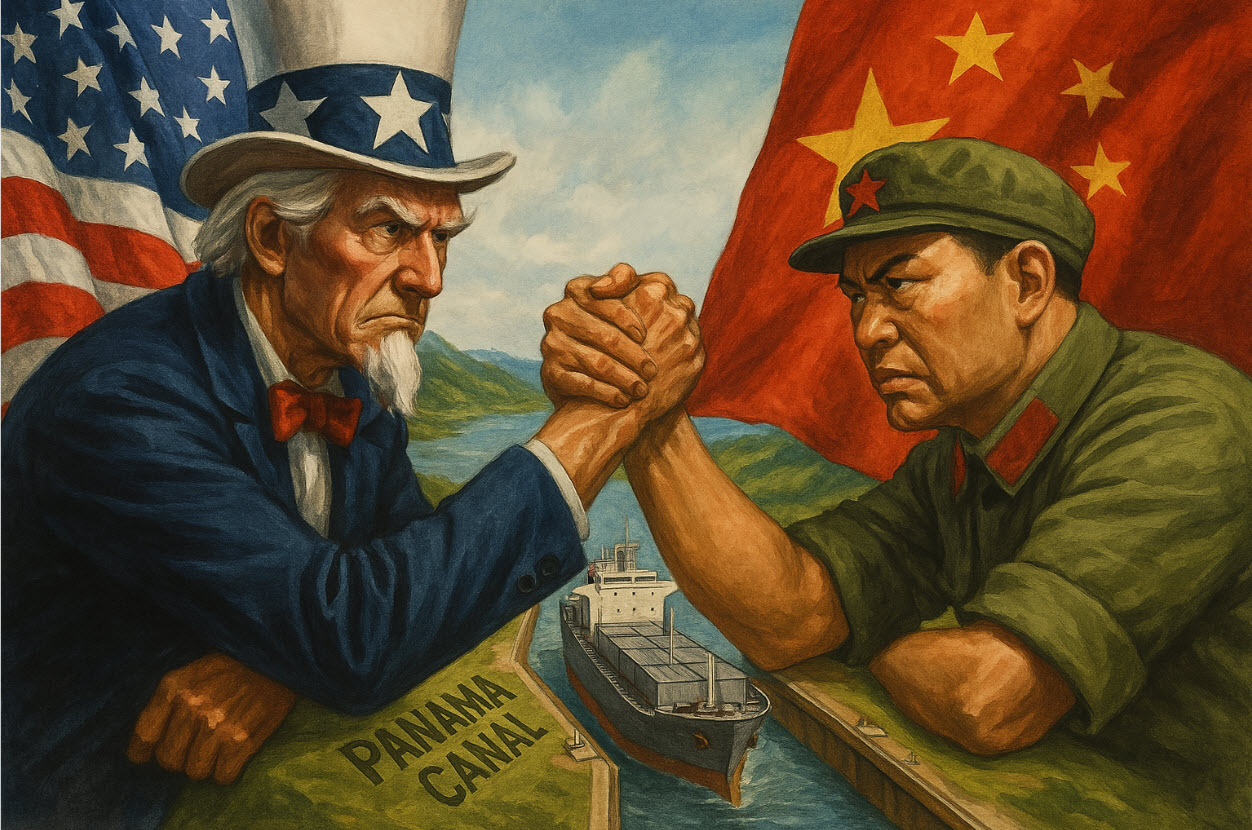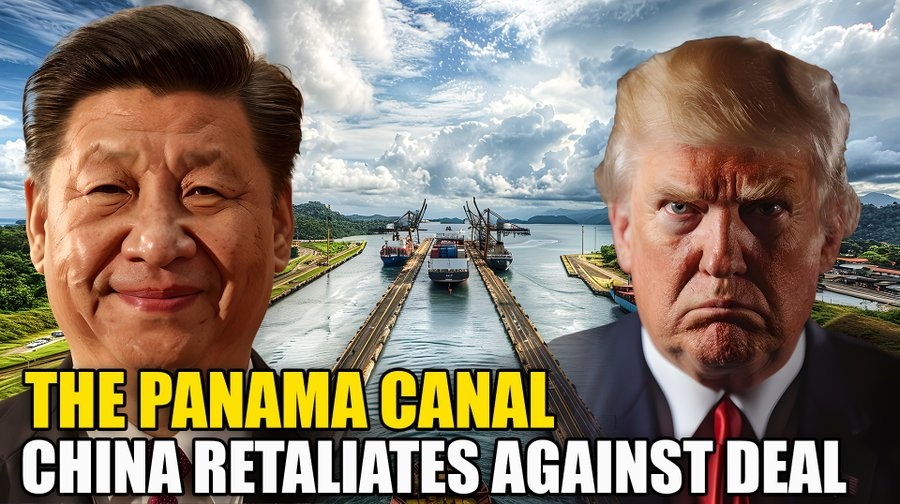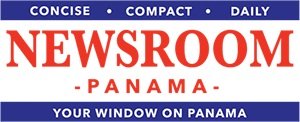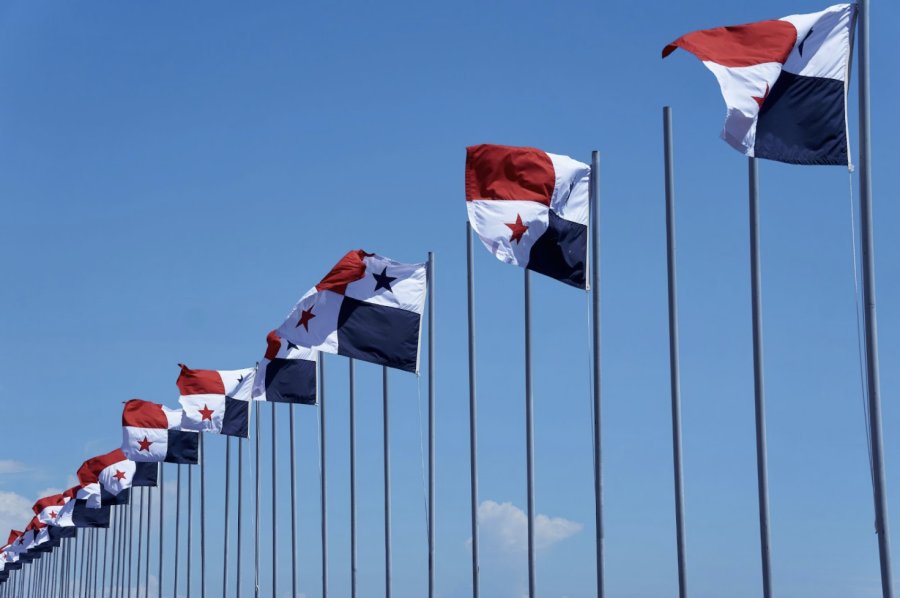The Panama Canal Arm-Wrestling Battle Continues Between the US and China

The arm-wrestling for the Panama Canal continues. China’s fury at the sale of Panama Canal ports to a US-led consortium reflects how container hubs have become prized currency as Beijing and Washington vie for global influence, analysts say. Hong Kong conglomerate CK Hutchison this month sold 43 ports in 23 countries — including operations in the vital Central American canal — to a group led by giant asset manager BlackRock for $19 billion in cash. After two weeks of rhetoric, Beijing hardened its response on Friday and confirmed that antitrust regulators will review the deal, likely preventing the parties from signing an agreement on April 2 as planned.

Speaking before the review was announced, experts told reporters that the deal allowed US President Donald Trump to claim credit for “taking back” the canal as part of his “America First” agenda. “The US (created) a political issue at China’s expense and then has been able to declare victory,” said Kurt Tong, managing partner at The Asia Group and a former top US diplomat to Hong Kong. “That doesn’t feel good in Beijing.” Some of the ports being sold are in nations that participate in Beijing’s Belt and Road Initiative (BRI) — a global development framework championed by Chinese President Xi Jinping. Ports are crucial to that network and China “has been notably successful in this area”, said Henry Gao, a trade law expert at the Singapore Management University. Last month, Panama formally exited the BRI following a visit from US Secretary of State Marco Rubio. “There is indeed a growing trend of ‘weaponizing’ ports and trade infrastructure as tools of geopolitical leverage, “Gao said.
On March 4, CK Hutchison sent shockwaves through China’s shipping industry by announcing a deal of “unprecedented scale”, according to Xie Wenqing, a port development researcher at the Shanghai International Shipping Institute. Chinese shipping firms questioned whether they could ensure neutral passage once the ports changed hands. “There are concerns about additional costs for Chinese ships or discriminatory treatment in terms of queuing orders,” he added, highlighting the long-arm jurisdiction of US authorities. The deal — coupled with recent US tariff hikes — could undermine China’s manufacturing dominance, argued Wang Yiwei, director of the Institute of International Affairs at the Renmin University of China.
“Increased inspections and additional docking costs would erode China’s competitive edge and disrupt global supply chains,” he noted. The United States has used various justifications to target key infrastructure projects under the Belt and Road Initiative “to strip away these assets and weaken China’s position as the world’s factory”, Wang added. John Bradford, executive director of the Yokosuka Council on Asia-Pacific Studies, said the deal would not serve China’s interests but said some concerns were “overblown”. Port operators such as CK Hutchison are commercial entities constrained by law and cannot decide matters of national sovereignty, for example whether a ship could visit a port or not. “If operators were to blatantly favor one company over another, that would generally speaking… be illegal,” Bradford said.

China’s President Xi has gotten some leverage by Beijing halting this Panama Canal deal and seems to grasp the transactional nature of the Trump admin and the importance of leverage, and is all smiles. In early March, Hong Kong industrial conglomerate CK Hutchison agreed in principle to a deal to sell 45 ports globally to Blackrock with the deal set to be signed April 2. Now, that deal won’t happen as China’s market regulator will ‘review’ the deal, halting it, or at least the two ports in Panama won’t be sold. There were stories that Chinese leadership was furious with the deal as they viewed it as leverage in any broader deal with the United States. On the other side, it was reported recently that Trump directed the US military to draw up options to increase the American troop presence in Panama including the less likely option of U.S. troops’ seizing the Panama Canal by force.





